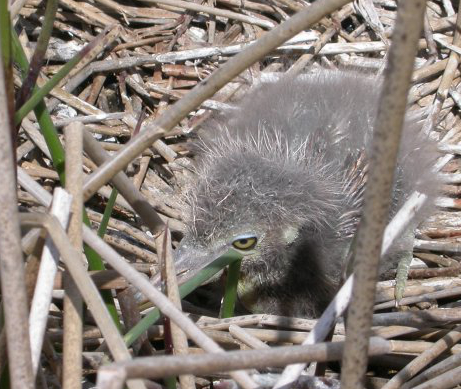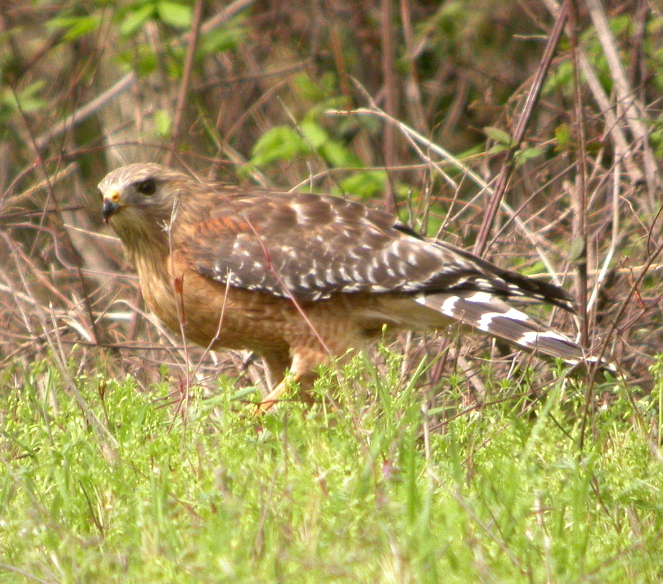
Guide to Priority Species by Habitat
Here is an index to the species profiles we put out as Species Survey Strategies. They are grouped by habitat, and should help you track down atlas priority species (rare to uncommon breeders that are of high conservation interest).











